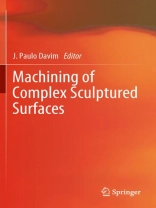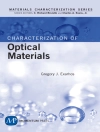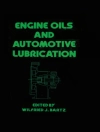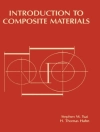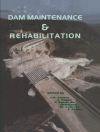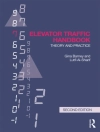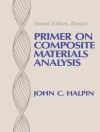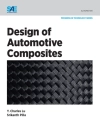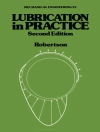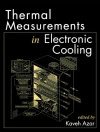The machining of complex sculptured surfaces is a global technological topic, in modern manufacturing with relevance in both industrialized and emerging in countries, particularly within the moulds and dies sector whose applications include highly technological industries such as the automotive and aircraft industry. Machining of Complex Sculptured Surfaces considers new approaches to the manufacture of moulds and dies within these industries. The traditional technology employed in the manufacture of moulds and dies combined conventional milling and electro-discharge machining (EDM) but this has been replaced with high-speed milling (HSM) which has been applied in roughing, semi-finishing and finishing of moulds and dies with great success.
Machining of Complex Sculptured Surfaces provides recent information on machining of complex sculptured surfaces including modern CAM systems and process planning for three and five axis machining as well as explanations of the advantages of HSM over traditional methods ranging from work piece precision and roughness to manual polishing following machining operations.
Whilst primarily intended for engineering students and post graduates (particularly in the fields of mechanical, manufacturing or materials), Machining of Complex Sculptured Surfaces provides clear instructions on modern manufacturing; serving as a practical resource for all academics, researchers, engineers and industry professionals with interest in the machining of complex sculptured surfaces.
Table des matières
Preface.- 1.Flank milling of complex surfaces.- 2.5-axis flank milling of sculptured surfaces.- 3. High performance five axis milling of complex sculptured surfaces.- 4. Milling tool-paths generation in adequacy with machining equipment capabilities and behaviour.- 5. Intelligent optimisation of 3-axis sculptured surface machining on existing CAM systems.- 6. Process planning for 5-axis milling of sculptured surfaces based on cutter´s accessibility analysis.- 7. Manufacturing of sculptured surfaces using EDM and ECM processes.- References.- Index.
A propos de l’auteur
J. Paulo Davim received his Ph D degree in Mechanical Engineering from the University of Porto in 1997 and his Aggregation from the University of Coimbra in 2005. Between 1986 and 1996, he was lecturer in University of Porto. Currently, he is an aggregate professor at the Department of Mechanical Engineering of the University of Aveiro and the Head of MACTRIB – Machining and Tribology Research Group (http://www2.mec.ua.pt/machining). He has more than 25 years of teaching and research experience in manufacturing, materials and mechanical engineering, with special emphasis on machining and tribology. He is the Editor in Chief of six international journals, a guest editor of journals, an editor of books, a book series editor and a scientific advisor for many international journals and conferences. Presently, he is an editorial board member of 20 international journals and acts as a reviewer for more than 60 prestigious ISI web Science journals. In addition, he has also published as author and co-author more than 30 book chapters and 300 articles in journals and conferences (more than 150 articles in ISI Web Science, h-index 17).
